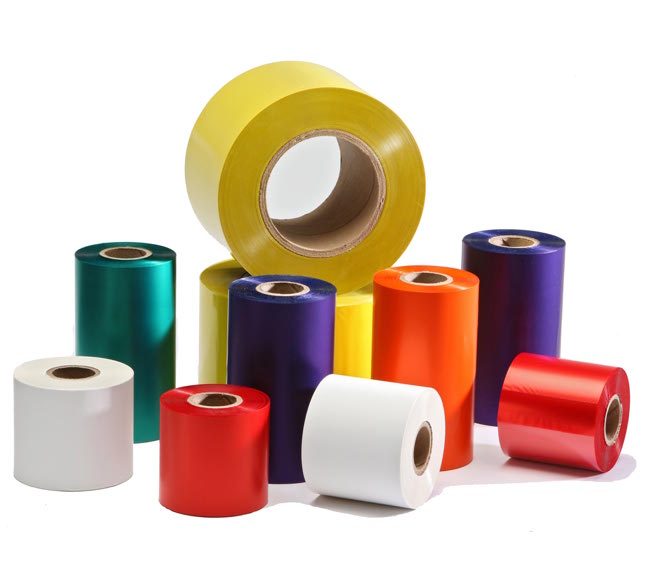A vital part of the logistics and supply chain process, shipping labels guarantee that goods are correctly recognized and delivered to the right place. Meeting consumer needs and guaranteeing seamless operations depend on distributors and resellers knowing the value of shipping label measurements.
Correct dimensions for shipping labels help to maximize packaging, lower mistakes, and increase efficiency all through the shipment process. Offering the suitable label sizes will enable your clients to simplify their operations and prevent expensive errors regardless of the size of their shipments—small goods or heavy ones.
The importance of shipping label dimensions, the considerations to be taken into account while choosing the appropriate size, and useful advice for distributors and resellers to meet various market needs is investigated in this paper.
Why Size of Shipping Labels Matters for Distributors
Though they appear like little detail, shipping label measurements have a big effect on operations and customer satisfaction. Distributors and dealers should pay great attention to these reasons:
1. Guarantee Fit with Packaging
Too big or too small packaging labels could cause problems during application that result in incorrect positioning or waste of materials. The correct measurements guarantee fit with several package forms and sizes.
2. Get Readability Better
Both people and machines have to be able to quickly understand shipping labels. Appropriate dimensions guarantee that all necessary data—including barcodes, addresses, and tracking numbers—is readily apparent.
3. Improve Operational Effectiveness
Well-sized labels streamline labeling tasks, therefore saving time and effort needed for application. For companies managing large quantities of shipments especially this is crucial.
4. Minimize Mistakes and Delays
Labels that are too small or too large could cause scanning mistakes or misplacing, therefore causing delivery delays or lost goods. Selecting appropriate dimensions reduces these hazards.
5. Meet Various Client Requirements
Varied companies and delivery techniques call for varied label sizes. Providing several dimensions enables distributors to satisfy the particular requirements of their clients.
Typical Dimensions of Shipping Labels
Distributors and resellers especially depend on knowing the most often used shipping label dimensions. The following are some conventional sizes together with their usual uses:
1. 4″ x 6″ (10 x 15 cm)
- Use: Appropriate for small to medium-sized products, this is the most often utilized size for shipping labels.
- Benefits: Fit for ordinary printers and sufficient room for barcodes, addresses, shipping information.
2. 6″ x 8″ (15 x 20 cm)
- Use Case: Perfect for bigger shipments or products needing further information.
- Benefits: More room for thorough instructions or more barcodes.
3. 2″ x 4″ (5 x 10 cm)
- Use: Mostly used for return labels or smaller deliveries.
- Benefits: Compact and reasonably priced for lightweight shipping.
4. Custom Proportions
- Use Case: Designed especially for particular sectors or special packaging needs.
- Benefits: Adaptability and guarantees of fit with non-standard packages.
Considerations for Dimensions of Shipping Labels
Choosing the correct measurements for a shipping label calls for more than just selecting a basic size. The main considerations here are:
1. Package Dimensions and Form
The package’s measurements help to decide the suitable label size. Labels should cover significant details and fit easily on the package without overlapping edges.
2. Printing Toolkit
Make sure the selected label dimensions fit your clients’ laser or thermal printer printing capability.
3. Needs for Shipping Carrier
Various carriers have particular recommendations for label sizes. For automated sorting systems, some can require 4″ x 6″ labels.
4. Density of Information
Think about the volume of data the label must incorporate. For shipments needing exact instructions or multiple barcodes, bigger labels could be required.
5. Conditions of Environment
Strong label materials and adhesives are absolutely necessary for products subjected to demanding conditions, including wetness or severe temperatures.
6. Industry-Specific Requirements
Some businesses, including food delivery or healthcare, might have specific labeling needs that affect the dimension decision.

How Distributors Might Meet Market Needs
Offering the correct shipping label dimensions will help you stand out from rivals whether you distribute or resell. Effective meeting of market needs follows from:
1. Specify a Range of Standard Sizes
Stocking popular sizes like 4″ x 6″ and 6″ x 8″ guarantees you can meet most client needs.
2. Provide Personalizing Choices
Let clients obtain custom-sized labels to fit their particular needs. This adaptability might draw in a more diverse customer base.
3. Emphasize Compatibility
Tell exactly which kinds of printing machinery and packaging fit your labels. This guides clients in making wise judgments.
4. Emphasize Quality
Make sure your labels are created from robust materials using strong adhesives to resist different shipping environments.
5. Instruct Clients
Provide tools that enable consumers to select appropriate label dimensions and apply them wisely, including instructions or videos.
6. Encourage Bulk Orders
Give consumers incentives or discounts to inspire bulk label purchases. Long-term relationships and higher sales volume can result from this.
Conclusion
Effective and efficient logistics operations depend critically on the size of shipping labels. Knowing the value of label sizes and providing a range of choices will enable distributors and resellers to satisfy consumer expectations and differentiate themselves from the competitors.
Considering elements including package size, printing equipment, and carrier needs helps you to create customized solutions improving operational effectiveness and customer happiness. Purchasing premium, bespoke shipping labels is not only a financial decision but also a means of establishing confidence and enduring relationships with your customers.
First FAQ
1. The most often used shipping label size is what?
Commonly used shipping labels fit small to medium-sized products; their 4″ x 6″ dimension is perfect.
2. Are bespoke shipping label measurements possible?
Indeed, unique dimensions can be matched to certain packaging or industry needs.
3. Exist particular label requirements depending on the carrier?
Indeed, several carriers have regulations regarding label sizes. Automated sorting systems, for instance, sometimes call for 4″ x 6″.
4. For shipping labels, what materials work best?
For shipping under demanding conditions, durable materials like tear-resistant or waterproof labels are perfect.
5. Which label size would be appropriate for my package?
Choose a label size based on the package size, the information needed, and any carrier-specific recommendations.
6. Using a regular printer, can I produce shipping labels?
While many shipping labels fit regular laser or inkjet printers, thermal printers are usually used for high-volume operations.
This page offers a thorough summary of shipping label dimensions, thereby enabling distributors and resellers to satisfy various needs of their clients and make wise judgments.

